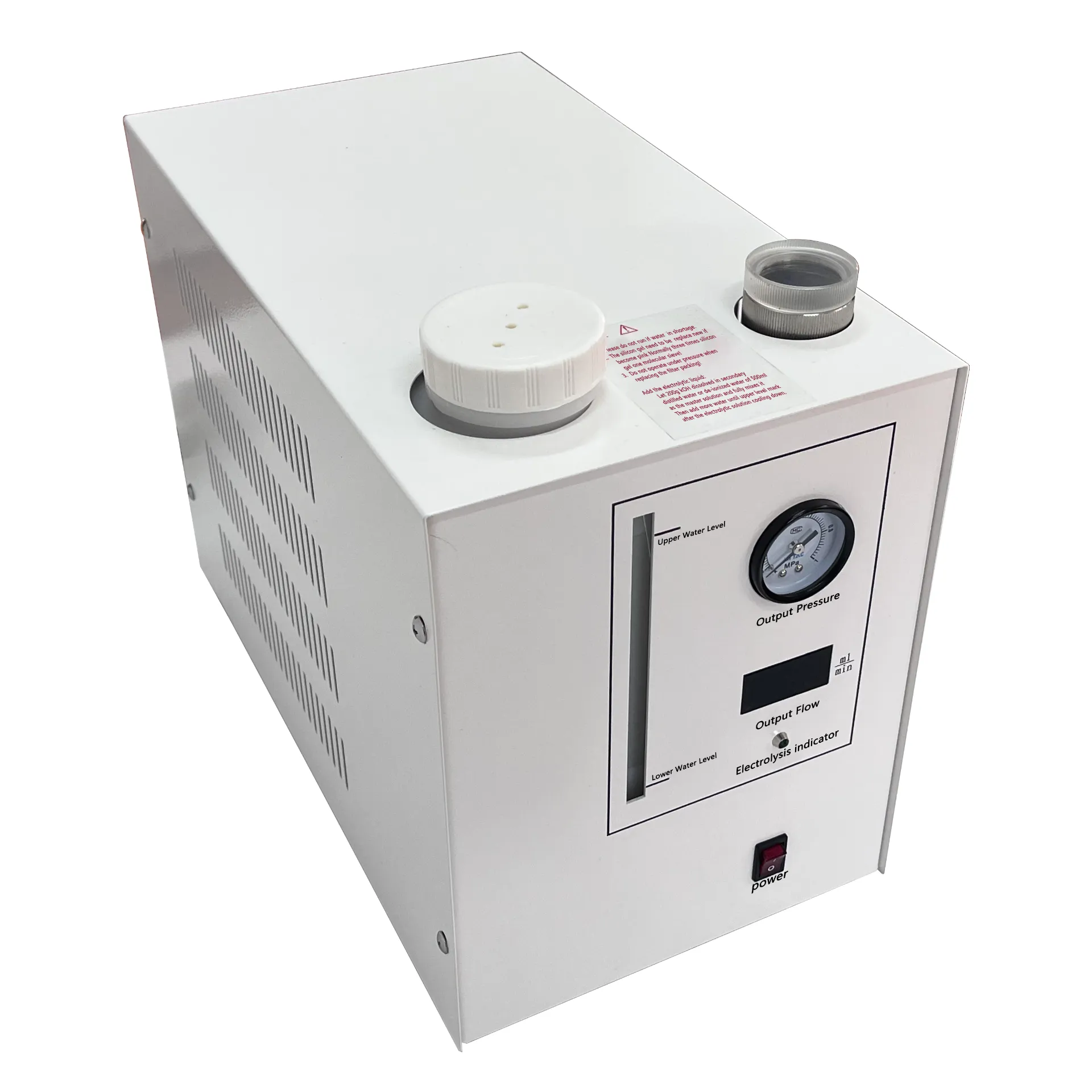 English
English


Understanding the Impacts of Dielectric Loss Factor on Material Performance and Applications
Understanding Dielectric Loss Factor Significance and Applications
The dielectric loss factor is a critical parameter in the study of materials, particularly in the fields of electronics, telecommunications, and material science. It quantifies the energy dissipation that occurs when an alternating electric field is applied to a dielectric material. Understanding this concept is essential for engineers and scientists who design devices that rely on effective insulation and energy storage.
Dielectric materials are insulators that can be polarized by an electric field, allowing them to store electrical energy. However, when these materials are subjected to an alternating electric field, not all the energy is stored some is lost as heat due to the material’s inherent properties. This phenomenon is described by the dielectric loss factor, often represented by the symbol “tan δ,” where δ is the loss angle. The loss factor is critical because it provides insight into how efficiently a dielectric material can operate in high-frequency applications.
The dielectric loss factor is defined as the ratio of the resistive (loss) part of the dielectric constant to the reactive (storage) part. This can be expressed mathematically as
\[ \tan \delta = \frac{\text{Loss}}{\text{Storage}} \]
A high dielectric loss factor indicates that a material loses a significant amount of energy when subjected to an electric field, making it less suitable for high-frequency applications. Conversely, a low dielectric loss factor signifies that a material can efficiently store and transmit electric energy with minimal losses.
Factors Influencing Dielectric Loss Factor
Several factors can influence the dielectric loss factor of a material. Firstly, temperature plays a crucial role. As the temperature increases, the molecules within the dielectric material gain energy, leading to increased molecular motion and, consequently, higher energy loss. This is particularly relevant in applications involving high power or high-frequency signals.
dielectric loss factor

Additionally, the frequency of the applied electric field significantly affects the dielectric loss. Generally, as the frequency increases, the dielectric loss factor also increases. This is because the material may not respond quickly enough to the alternating field, leading to more substantial energy dissipation. Therefore, selecting a dielectric material with a low loss factor is essential for components subject to high-frequency signals, such as capacitors and insulators in radio frequency applications.
Applications of Dielectric Loss Factor
The dielectric loss factor is of paramount importance in various applications. In telecommunications, for instance, dielectric materials are used in signal transmission and reception. Materials with low dielectric loss factors ensure minimal energy loss, which is vital for maintaining signal integrity over long distances.
In the realm of power electronics, the dielectric loss factor helps engineers select materials for capacitors used in smoothing out voltage fluctuations. Here, a low dielectric loss is essential to improve efficiency and reduce overheating in power systems.
Moreover, the dielectric loss factor is essential in the design of sensors, RFID tags, and microwave devices. In these applications, materials are tested for their dielectric properties to ensure reliable performance under operating conditions.
Conclusion
In summary, the dielectric loss factor is a fundamental property that characterizes how a dielectric material behaves under an alternating electric field. Understanding this factor is critical for the design and evaluation of various electronic components and devices. By taking into account factors such as temperature and frequency, engineers can select appropriate materials that maximize efficiency and minimize losses in their applications. As technology continues to evolve, the importance of the dielectric loss factor will remain central to the advancement of electronic and telecommunication systems.
-
Differences between open cup flash point tester and closed cup flash point testerNewsOct.31,2024
-
The Reliable Load Tap ChangerNewsOct.23,2024
-
The Essential Guide to Hipot TestersNewsOct.23,2024
-
The Digital Insulation TesterNewsOct.23,2024
-
The Best Earth Loop Impedance Tester for SaleNewsOct.23,2024
-
Tan Delta Tester--The Essential Tool for Electrical Insulation TestingNewsOct.23,2024





